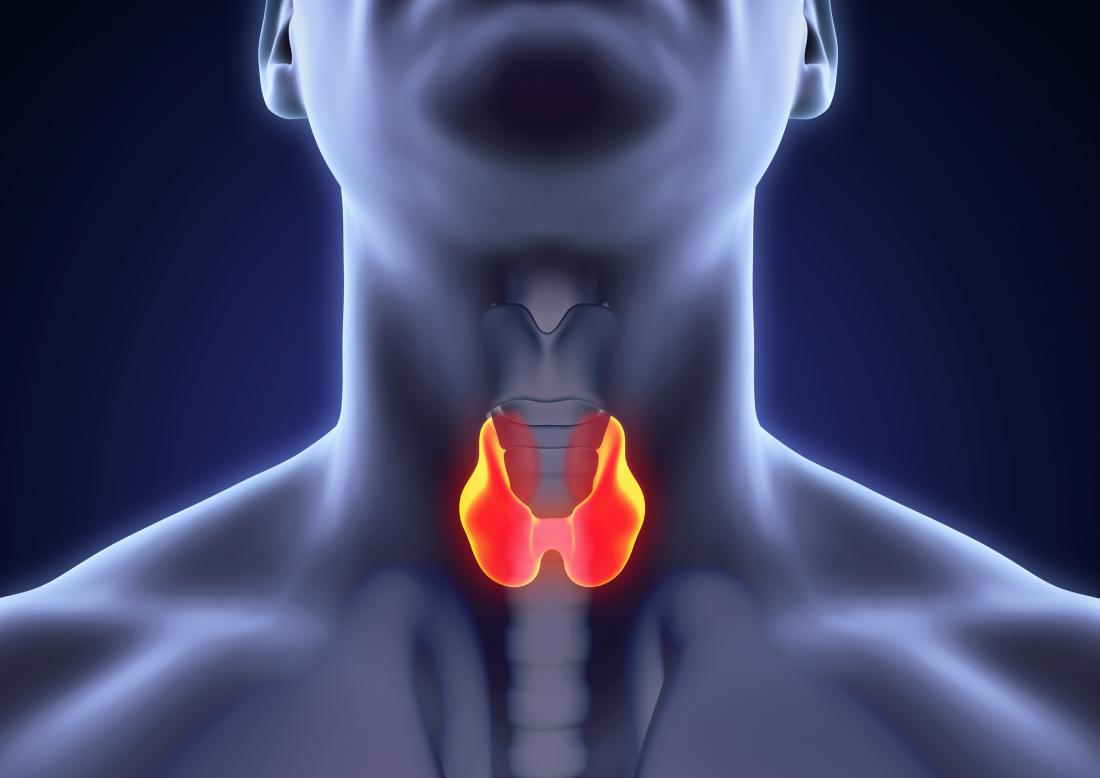0%

Photo: Medical News
NEW DELHI: Using Artificial Intelligence (AI) with thyroid ultrasound offers a quick and non-invasive approach to thyroid cancer screening, says a new study.
The study, published in the journal PLOS Pathogens, suggests that automated machine learning shows promise as an additional diagnostic tool that could improve the efficiency of a thyroid cancer diagnosis.
“Machine learning is a low-cost and efficient tool that could help physicians arrive at a quicker decision as to how to approach an indeterminate nodule,” said the study’s lead author John Eisenbrey from Thomas Jefferson University in the US.
According to the researchers, at present ultrasounds can tell if a nodule looks suspicious, and then the decision is made whether to do a needle biopsy, but fine-needle biopsies only act as a peephole, they don’t reveal the whole picture.
As a result, some biopsies return inconclusive results as to whether the nodule is malignant, or cancerous in other words.
In order to improve the predictive power of the first-line diagnostic, the ultrasound, researchers looked into machine learning or AI models developed by Google.
They applied a machine-learning algorithm to ultrasound images of patients’ thyroid nodules to see if it could pick out distinguishing patterns.
The researchers trained the algorithm on images from 121 patients who underwent ultrasound-guided fine needle-biopsy with subsequent molecular testing.
From 134 total lesions, 43 nodules were classified as high risk and 91 were classified as low risk, based on a panel of genes used in the molecular testing.
A preliminary set of images with known risk classifications was used to train the model or algorithm.
From this bank of labeled images, the algorithm utilized machine learning technology to pick out patterns associated with high and low-risk nodules.
It used these patterns to form its own set of internal parameters that could be used to sort future sets of images; it essentially ‘trained’ itself on this new task.
Then the investigators tested the trained model on a different set of unlabeled images to see how closely it could classify high and low genetic risk nodules, compared to molecular test results.
The researchers found that their algorithm performed with 97 percent specificity and 90 percent predictive positive value, meaning that 97 percent of patients who truly have benign nodules will have their ultrasound read as ‘benign’ by the algorithm, and 90 percent of malignant or ‘positive’ nodules are truly positive as classified by the algorithm.
The overall accuracy of the algorithm was 77.4 percent.
(Agencies)